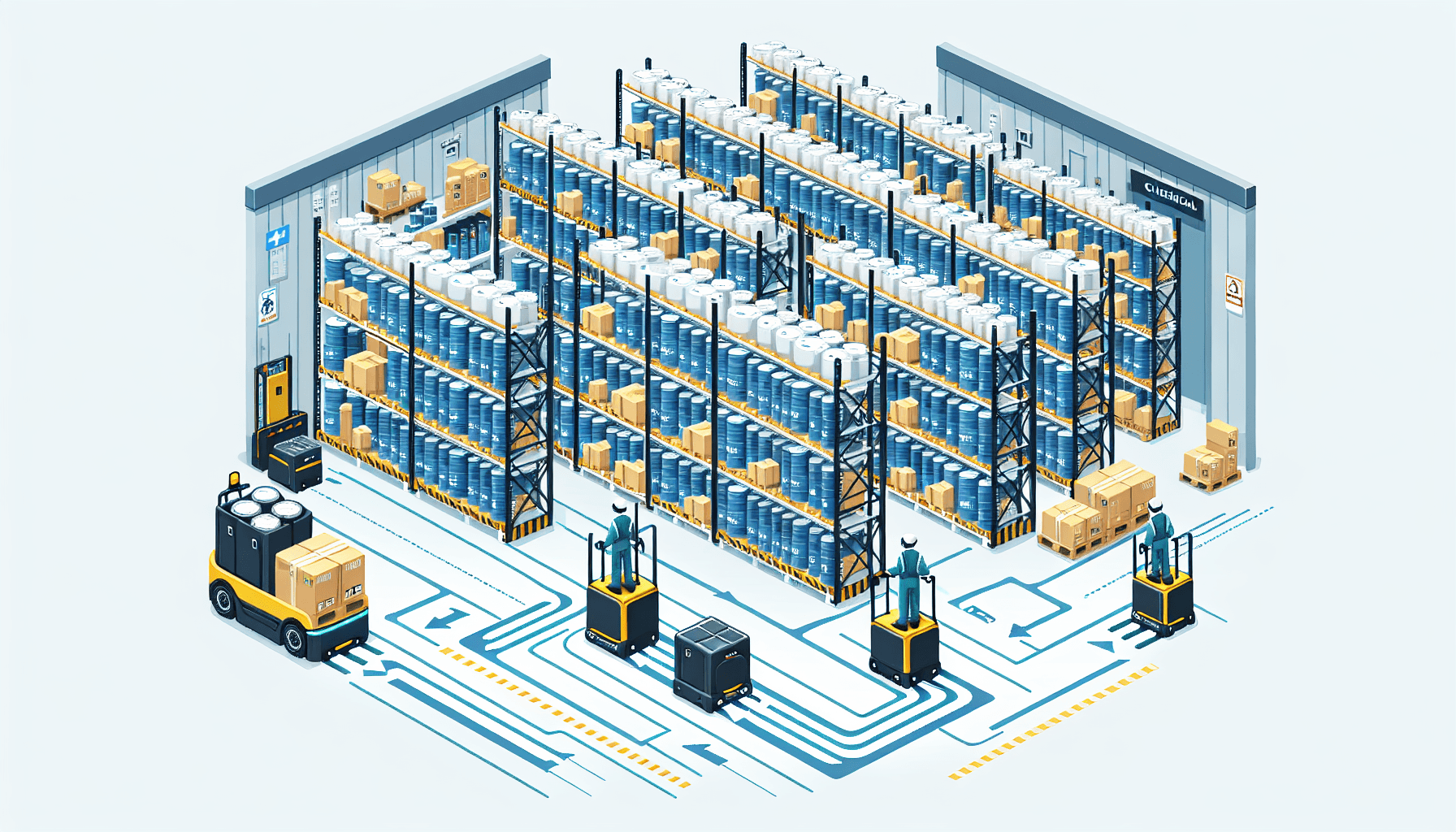The use of Automated Guided Vehicles (AGVs) in warehouse operations has revolutionized the way businesses handle their logistics. AGVs are especially beneficial for warehouses that deal with chemical and hazardous materials. With their advanced technology and capabilities, AGVs offer a range of advantages that can greatly improve safety, productivity, and efficiency within these specialized environments.
Enhanced Safety Measures
Chemical and hazardous material warehouses require strict safety protocols to prevent accidents and mitigate risks. AGVs are equipped with advanced safety features that make them ideal for handling these materials. For instance, they are designed to be explosion-proof, minimizing the risk of fires or explosions caused by ignition sources. Additionally, AGVs can be equipped with sensors and cameras, allowing them to detect potential hazards and avoid collisions with other vehicles or obstacles in the warehouse.
The use of AGVs also minimizes the need for manual intervention in hazardous material handling processes. By removing human operators from potentially dangerous situations, the risk of accidents, injuries, and exposure to harmful substances is significantly reduced. AGVs are programmed to follow strict protocols and safety guidelines, ensuring that the handling of chemicals and hazardous materials is carried out in a controlled and secure manner.
Increased Productivity and Efficiency
AGVs can greatly enhance the productivity and efficiency of warehouse operations. These vehicles are designed to operate autonomously, reducing the need for manual labor and improving overall efficiency. They can navigate through the warehouse using advanced mapping and localization technologies, optimizing the routes and minimizing transportation time between different storage locations. This streamlined process speeds up the movement of materials and reduces the time required to fulfill orders.
Furthermore, AGVs can be programmed to perform repetitive tasks, such as picking up and moving pallets of hazardous materials, without the need for breaks or rest. This consistent productivity ensures a continuous flow of operations, improving the overall efficiency of the warehouse. AGVs can also integrate with warehouse management systems, allowing for real-time inventory tracking and optimization of storage space. This helps to prevent stock shortages, minimize downtime, and improve order accuracy.
Cost-effective Solution
Implementing AGVs in chemical and hazardous material warehouses can lead to significant cost savings in the long run. While the initial investment may be higher compared to traditional manual handling methods, the benefits outweigh the costs. AGVs reduce the reliance on manual labor, which can help businesses save on labor costs and potentially allocate their workforce to other critical tasks within the warehouse.
Moreover, AGVs can be programmed to operate 24/7, maximizing the utilization of warehouse space and increasing operational capacity without incurring additional labor costs. These vehicles are designed to be durable and low-maintenance, minimizing the need for regular repairs or replacements. This helps to reduce maintenance costs and improve the overall return on investment.
In addition, the enhanced safety measures provided by AGVs help businesses avoid costly accidents, damages, and legal repercussions associated with chemical and hazardous material handling. By minimizing the risk of errors or mishandling, AGVs can save businesses from potential fines or lawsuits resulting from non-compliance with safety regulations.
Implementing AGVs in chemical and hazardous material warehouses is a strategic decision that can offer numerous benefits. From enhanced safety measures to increased productivity and cost savings, AGVs have proven to be a valuable asset in optimizing warehouse operations. If you’re interested in deploying AGVs in your warehouse, visit HCO Innovations to learn more about their warehouse optimization solutions.

